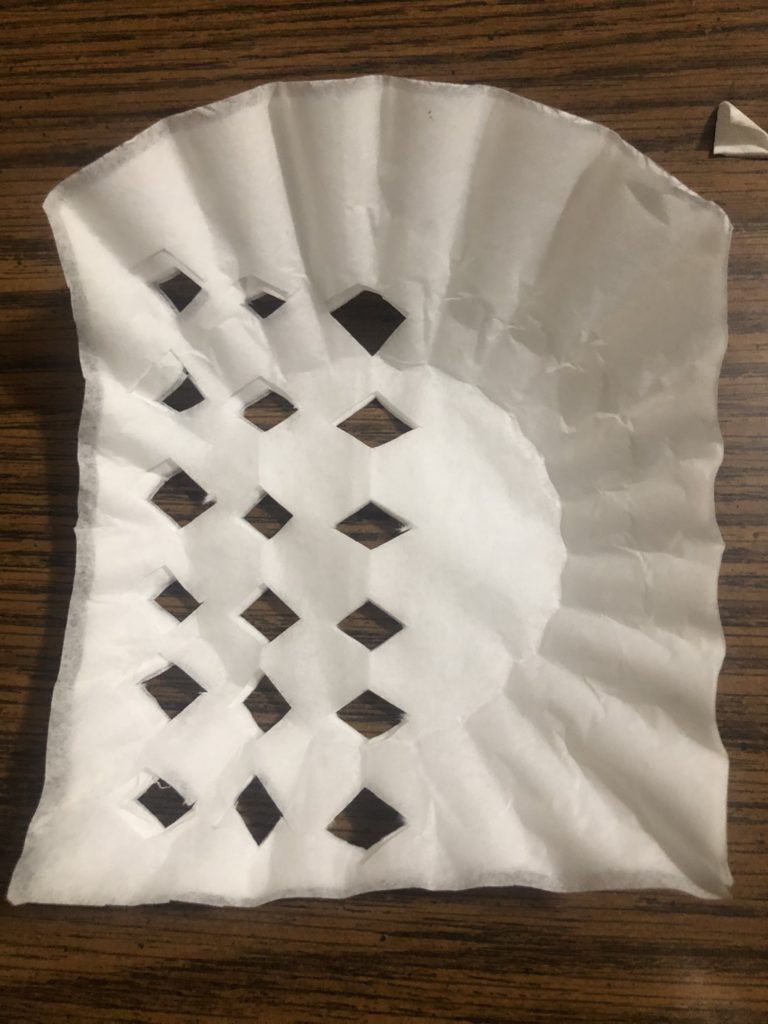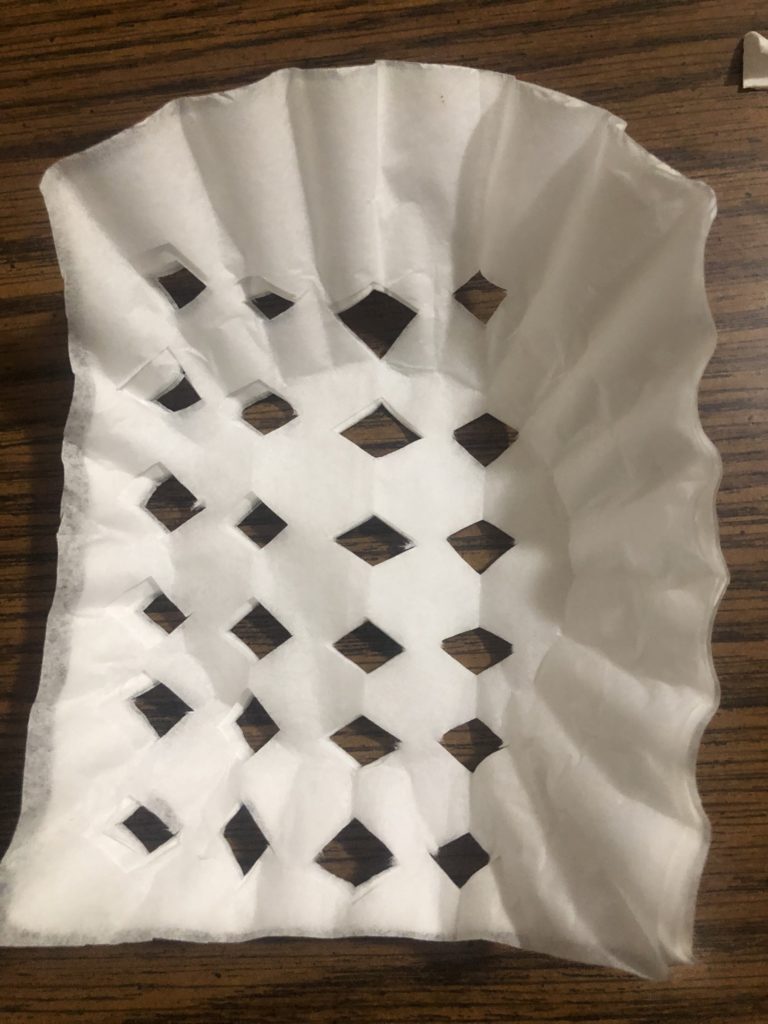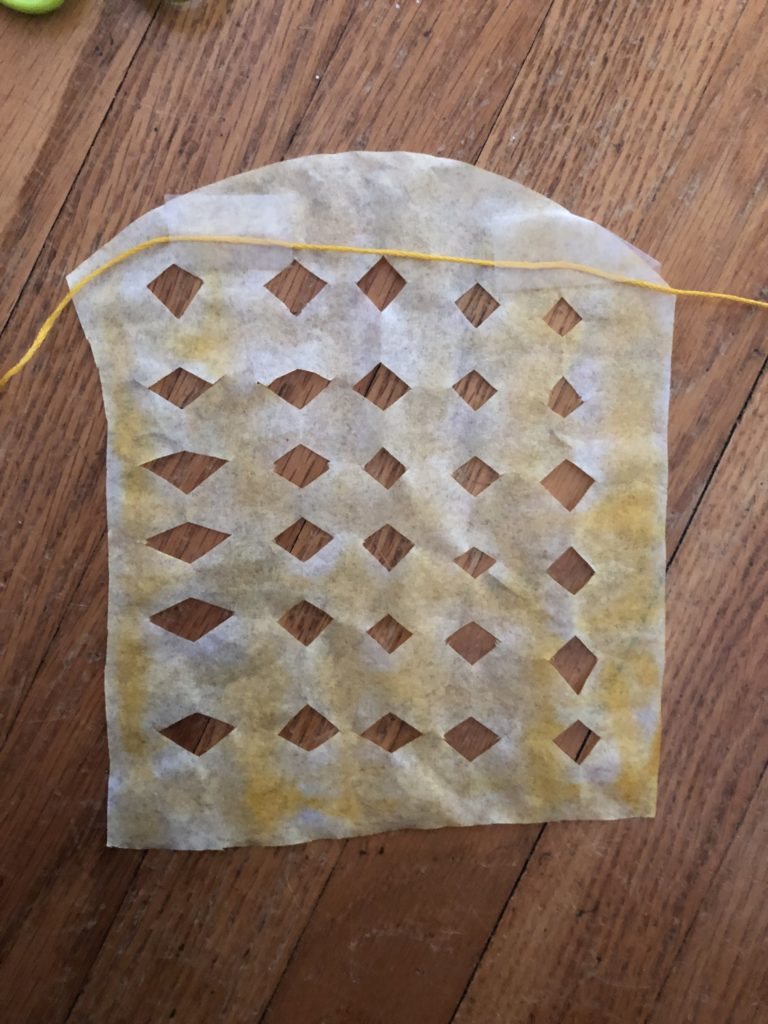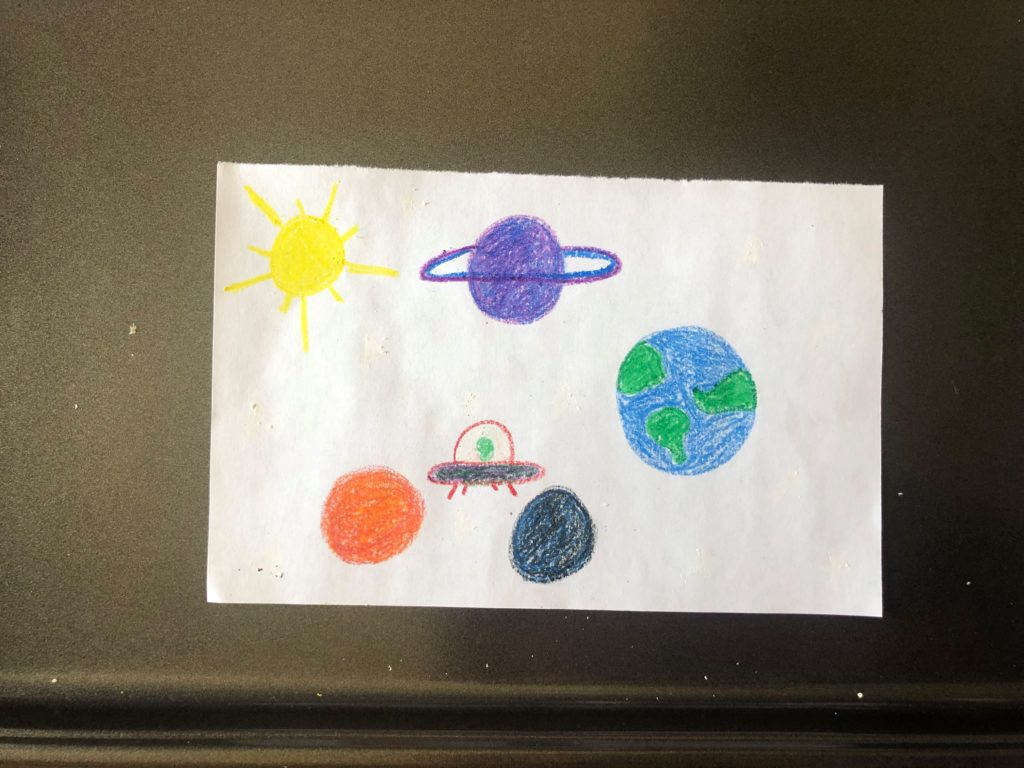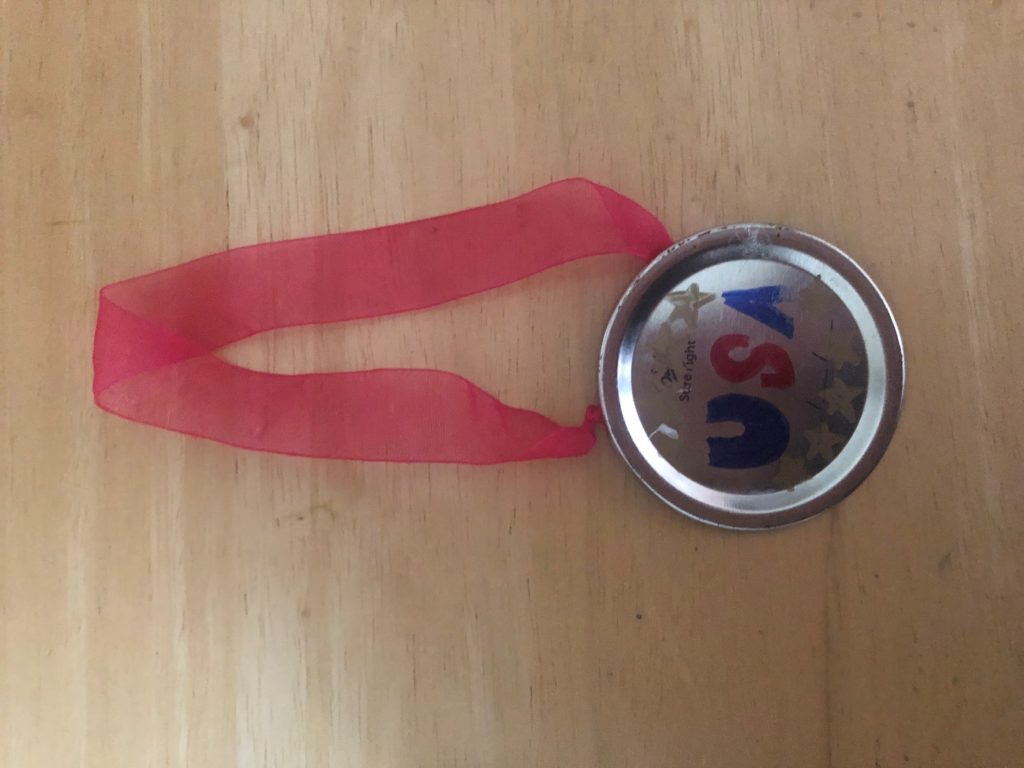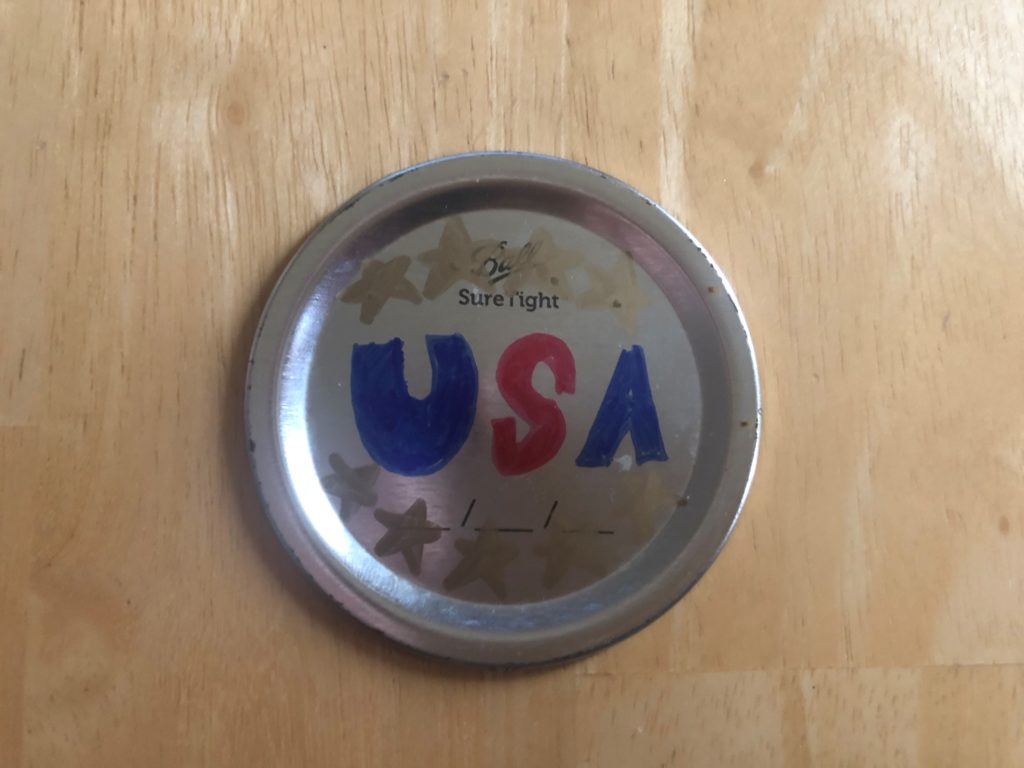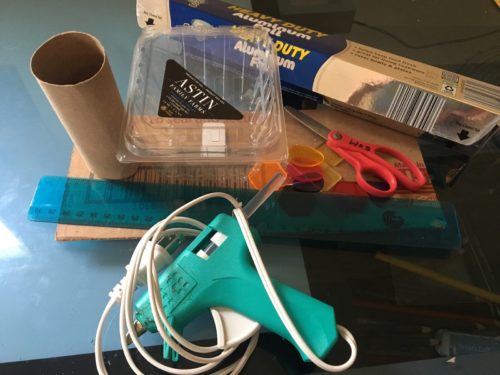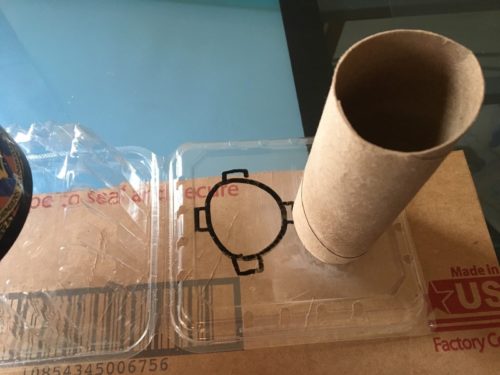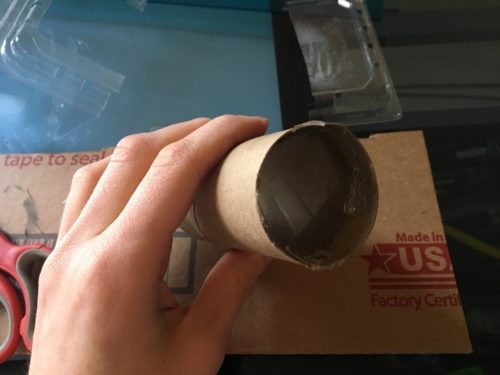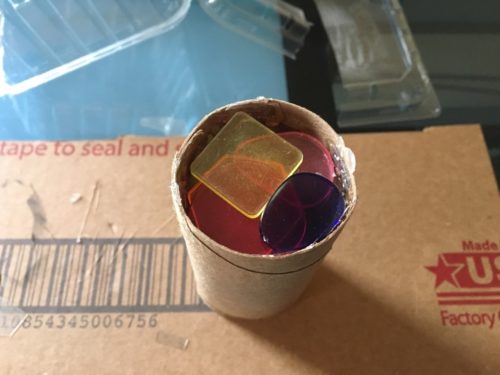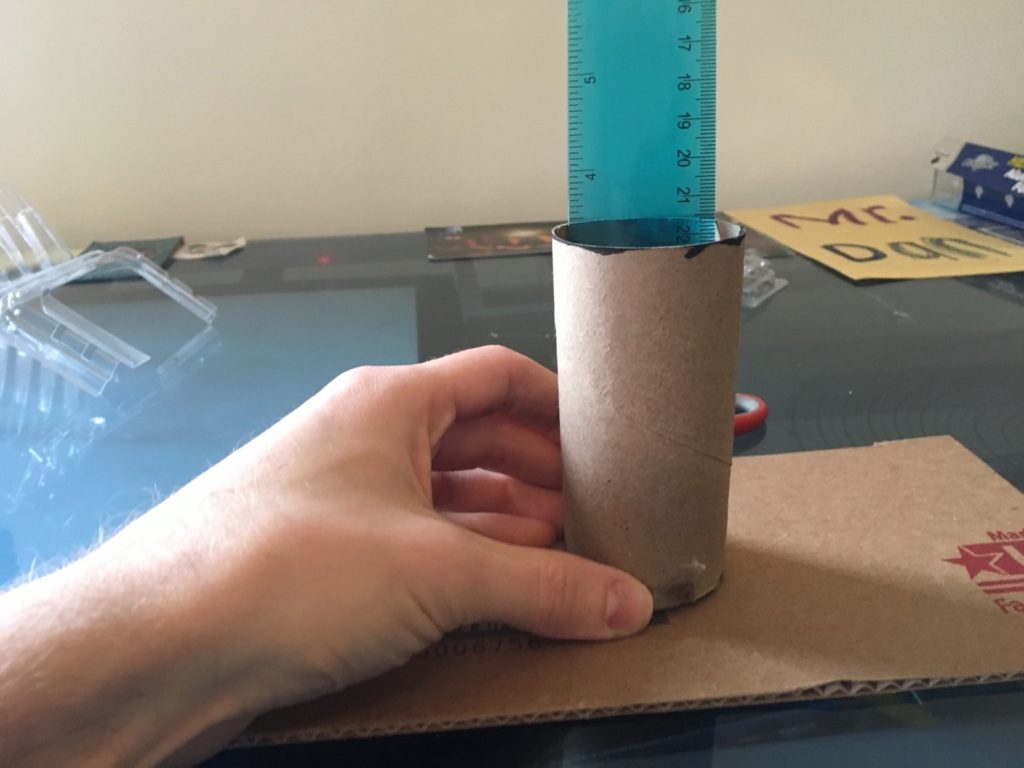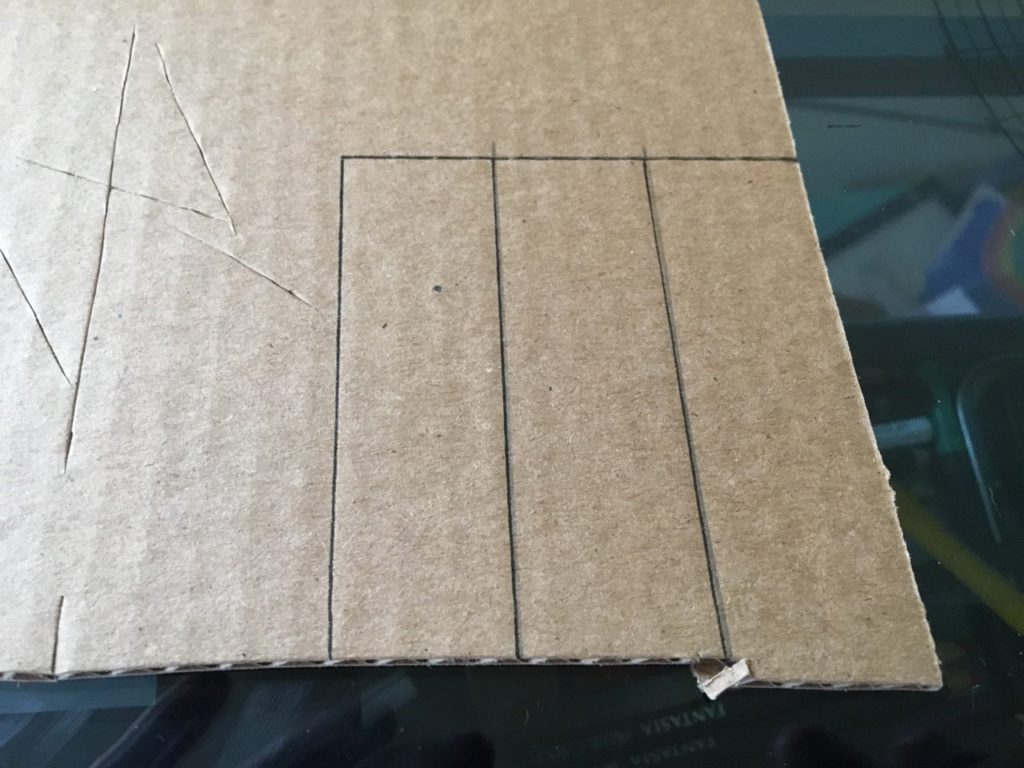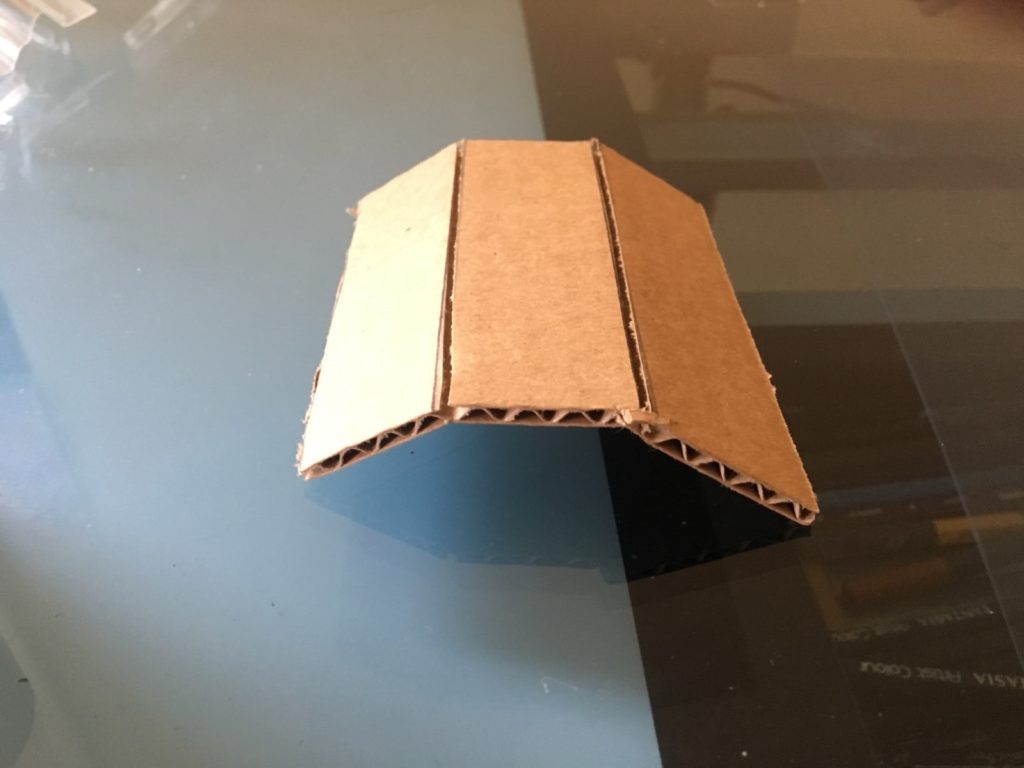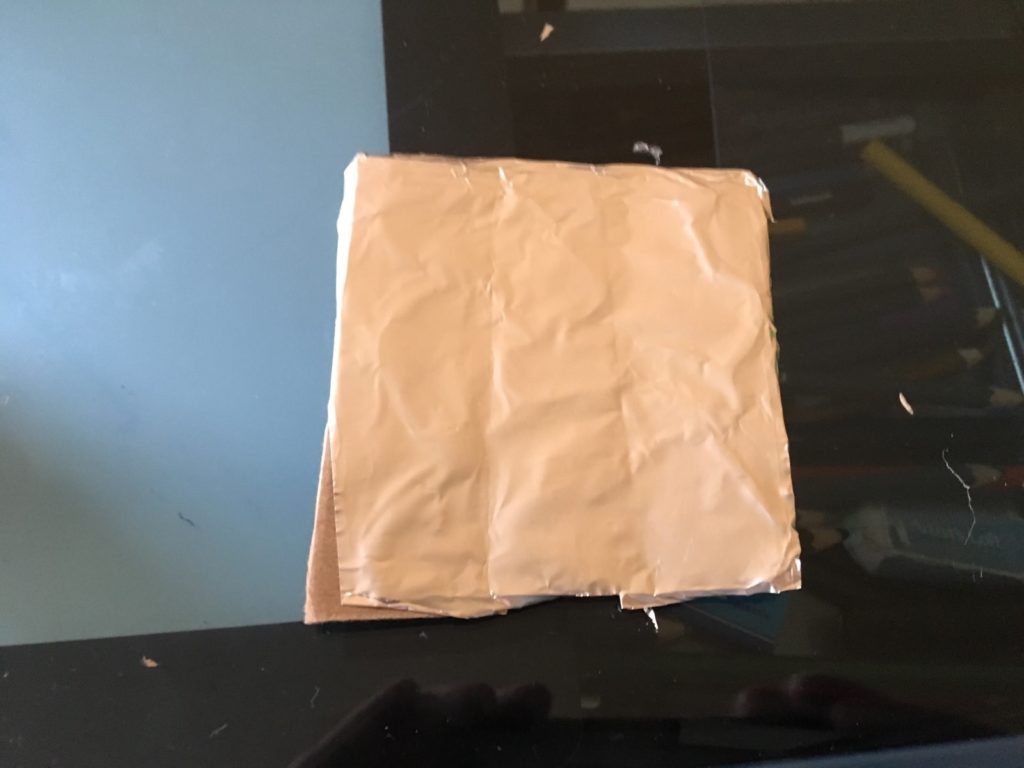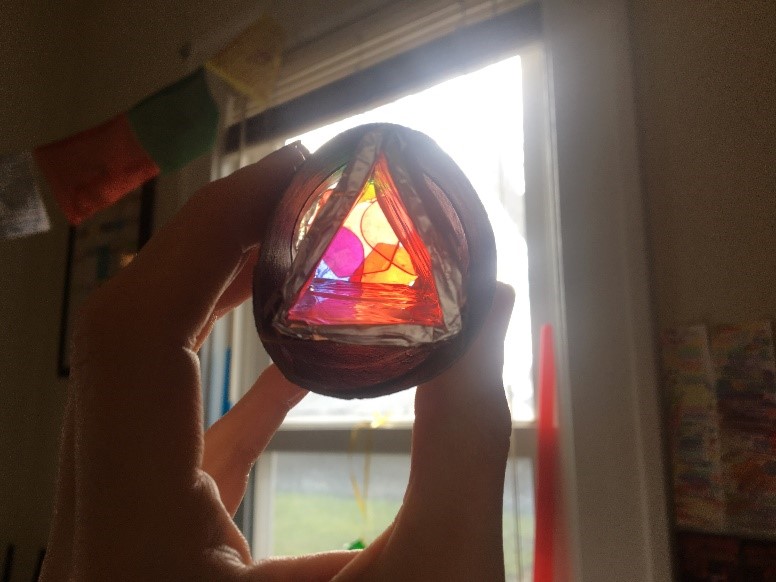Supported by the Peter C. Cornell Trust
Written by: Amelia Schrader
Senior Manager of Learning and Education
Translated by: Tamara Alsace
Secretary, Hispanic Heritage Council of WNY, Inc.
Materiales:
Filtros para café
Tijeras (de seguridad para niños)
Colorante alimenticio o marcadores
Botella atomizadora de agua
Cordón
Cinta adhesiva
Bandeja para hornear grande (opcional)
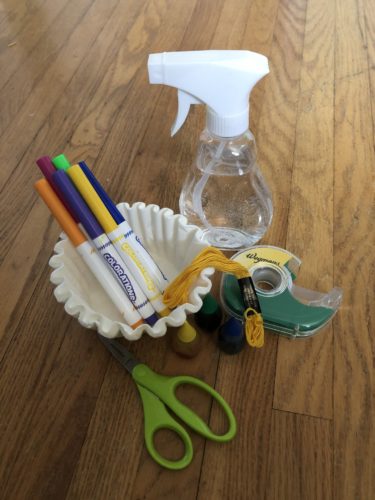
Materials:
Coffee Filters
Scissors (kid safe)
Food coloring or markers
Spray bottle of water
String
Tape
Large baking tray (optional)
Tiempo requerido:
Aproximadamente 5 minutos por cada filtro de café
Time Required
About 5 minutes per coffee filter
Tema(s) Académico(s):
Destrezas sicomotrices finas, estudios sociales, arte
Academic Subject(s):
Fine motor skills, social studies, art
¡Feliz cinco de mayo! Contrario a lo que creen muchos estadounidenses, ¡el cinco de mayo no es el día de la independencia de México! Es el día de conmemoración de la victoria de México sobre Francia en la Batalla de Puebla el cinco de mayo de 1862. Mientras que en México este día no es muy celebrado, ha llegado a ser increíblemente popular en los Estados Unidos de América como una manera de celebrar la cultura mexicana.
Hoy, ¡te vamos a enseñar como hacer una versión simplificada de una banderola de papel picado papa celebrar la belleza de la cultura mexicana!
Happy Cinco de Mayo! Contrary to what many people in the United States believe, Cinco de Mayo (the 5th of May) is not Mexico’s Independence Day! The holiday commemorates Mexico’s victory over France at the Battle of Puebla on May 5, 1862. While this holiday is not widely celebrated in Mexico, it has become incredibly popular in the United States of America as a way to celebrate Mexican culture.
Today we are going to teach you how to make a simplified version of a Papel Picado banner to celebrate the beauty of Mexican culture!
Instrucciones:
Paso1: Corta 3 orillas del filtro de café para formar un rectángulo con un lado redondeado en la parte de arriba. Este lado redondeado será doblado en uno de los siguientes pasos. Para los pasos uno y dos, yo corto varios filtros de café a la vez.
Paso 2: Doblando una orilla a la vez, corta un triángulo de la orilla doblada (creando un diamante cuando se abra). Haz esto varias veces por todo el filtro de café. (vea las fotos como ejemplo)
Paso 3: Echa gotas del colorante alimenticio en varias partes del filtro de café. Yo suelo echar de 5 a 7 gotas por filtro, pero puedes echar más o menos hasta conseguir el color que deseas. También puedes usar marcadores para este paso. Si decides usar marcadores, no tienes que llenar todas las áreas blancas. Echando agua con el atomizador te ayuda a esparcir el color por todo el filtro.
Nota: Puedes empezar con los Pasos 3 y 4 y luego hacer los Pasos 1 y 2 cuando estén secos los filtros. Yo corto los filtros primero porque encuentro que es más fácil cortar varios a la misma vez antes de separarlos. Si decides colorear los filtros con marcadores en vez de usar colorante alimenticio, recomiendo que empieces con el Paso 3.
Paso 4: Échale agua al filtro de café con el atomizador. Esto causará que el colorante se esparza por todo el filtro. Estírelo en una superficie plana hasta que se seque completamente.
Nota: SI tiene una bandeja de hornear disponible, recomiendo que ponga los filtros en la bandeja para echarle el agua. Los colores pueden pasar por el filtro y manchar otras superficies.
Paso 5: Cuando estén completamente secos los filtros, use la cinta adhesiva para pegarlos al cordón (un poco debajo de la orilla redondeada que dejaste sin cortar en el Paso 1). Cuando el cordón esté en lugar fijo, dobla la orilla redondeada encima del cordón para formar un rectángulo.
Paso 6: Repite este paso varias veces usando el mismo pedazo largo de cordón para que estén todos conectados. Asegúrate de dejar espacio entre los filtros de café.
Paso 7: ¡Cuelga el cordón en tu casa para celebrar el cinco de mayo o para cualquier otra celebración que tengan pendiente!
Ahora, los pasos descritos arriba son para nuestra manera simplificada de crear papel picado. La manera tradicional de hacer esta bella artesanía folklórica de México es usando una plantilla y un cincel. Los artistas de papel picado empiezan cortando el papel al tamaño y a la forma correctos. Luego el artista crea una plantilla de la imagen deseada para el banderín. Se usan varios tamaños de cinceles para cortar la imagen de la plantilla en el papel. Las hojas terminadas se pegan con adhesivo (cola) a un cordón y se amarran juntos para formar una banderola. Hoy en día, muchas banderas son hechas de material plástico para que sean más durables.
Las banderolas de papel picado posiblemente empezaron como parte de la celebración del Día de Muertos, ¡pero estas coloridas obras de arte son usadas ahora para celebrar los días de fiesta, las bodas, los cumpleaños, y mucho más por todo México y con personas Mexicanas o de descendencia Mexicana por todo el mundo!
Directions:
Step 1: Cut three edges of the coffee filter to form a rectangle with one rounded side on the top. This rounded side will be folded over in a later step. For both steps one and two I cut several coffee filters at one time.
Step 2: Folding one edge in at a time cut a triangle out of the fold (creating a diamond when opened). Do this several times across the coffee filter. (see photos for example)
Step 3: Drop food coloring on the coffee filter in various places. I tend to do about 5-7 drops per filter but you can do more or less to get your desired color! You can also use marker for this step. If you are choosing to use marker, you do not need to fill in all the white space. Spraying the water (Step 4) will help spread the color throughout the filter. This spreading is called diffusion.
**Note: You can choose to start with Step 3 and 4 then do Steps 1 and 2 once the filter is completely dry. I choose to cut first because I find it easier to cut several in a pile before they are separated. If you choose to color the coffee filters with markers instead of using food coloring, I highly recommend you start with Step 3.**
Step 4: Spray the coffee filter with the water in the bottle. This will cause the food coloring to bleed throughout the coffee filter, spreading it all over! Lay flat and allow the filter to dry completely.
**Note: If you have a baking tray available I recommend placing your coffee filters on this to do the spraying. The color will bleed through the coffee filter quickly and can cause staining on surfaces, especially if you are using food coloring.
Step 5: Once the filters are completely dry, tape a string to the filter slightly under the top (the rounded side you left uncut in Step 1). Once the string is secured in place, fold the rounded side over the string creating a rectangle.
Step 6: Repeat this step several times, using the same long piece of string so they are all connected together. Make sure you leave some space between each coffee filter.
Step 7: Hang the string in your house to celebrate Cinco de Mayo or any other upcoming celebration!
Now the steps described above are our simplified way to create a papel picado. The traditional way of making of making this beautiful work of Mexican Folk Art is using a stencil and chisel. Papel picado artists start by cutting the paper to the correct size and shape. The artist then creates a stencil of the image desired for the banner. Various sizes of chisels are used to cut out the image of the stencil into the paper. The finished pieces are then glued to a string and tied together to form a banner. Today, many flags are also made of a plastic material so they are more durable and last longer.
Papel Picado banners may have started out as part of celebrations of Día de los Muertos, but these colorful works of art are now used to celebrate major holidays, weddings, birthdays and more across Mexico and with Mexican people and those of Mexican descent around the world!



